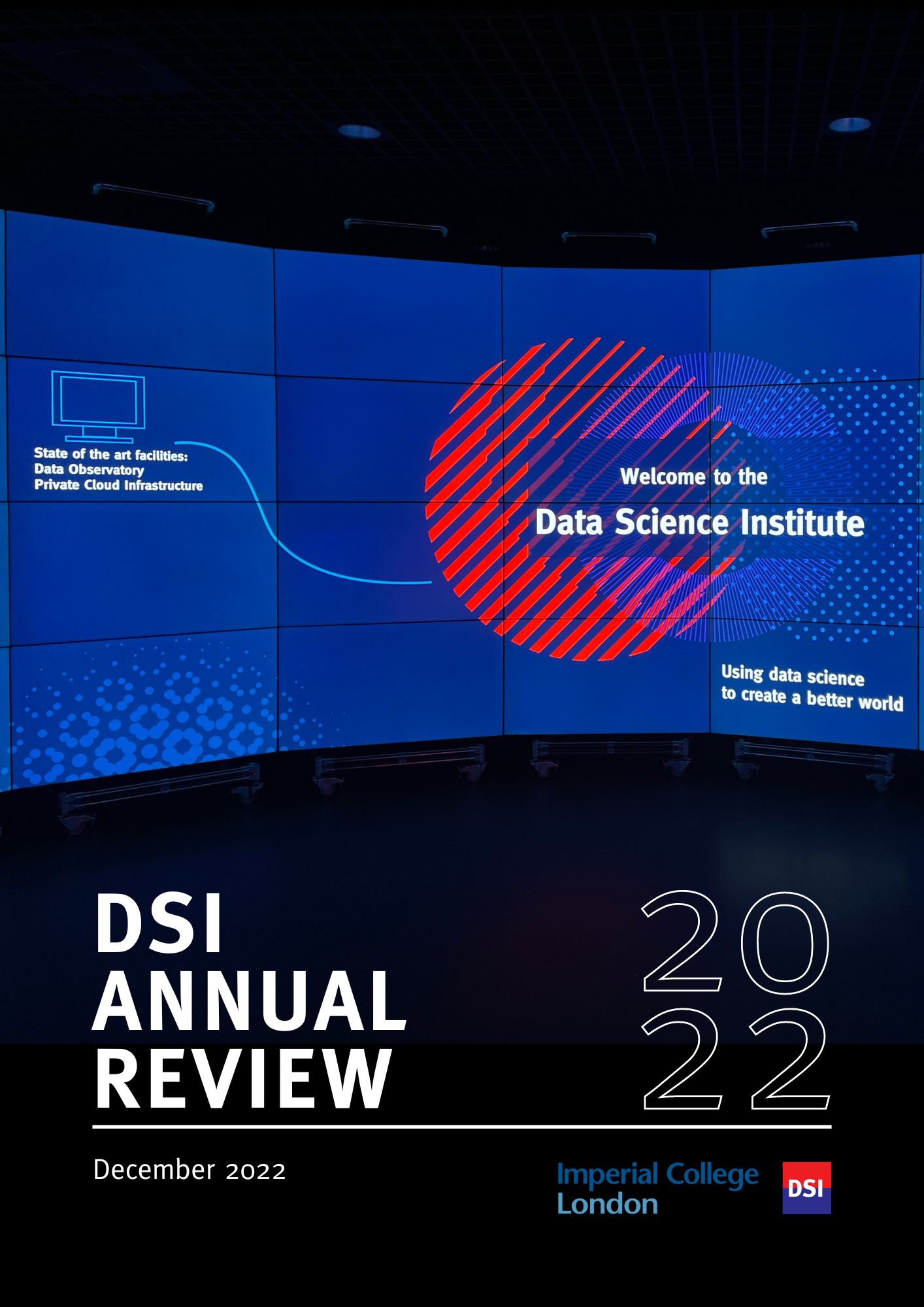BibTex format
@inproceedings{Kakas:2006:10.1007/s10994-006-8988-x,
author = {Kakas, A and Tamaddoni, Nezhad A and Muggleton, S and Chaleil, R},
doi = {10.1007/s10994-006-8988-x},
pages = {209--230},
publisher = {Springer},
title = {Application of abductive ILP to learning metabolic network inhibition from temporal data},
url = {http://dx.doi.org/10.1007/s10994-006-8988-x},
year = {2006}
}

